The US beef market exhibits a competitive landscape characterized by a blend of established players and emerging dynamics. Key growth drivers include increasing consumer demand for high-quality beef products, a growing focus on sustainability, and advancements in supply chain technologies. Major companies such as Tyson Foods, Inc. (US), Cargill, Inc. (US), and JBS S.A. (BR) are strategically positioned to leverage these trends. Tyson Foods, for instance, emphasizes innovation in product offerings and sustainability initiatives, while Cargill focuses on optimizing its supply chain to enhance efficiency and reduce environmental impact. Collectively, these strategies shape a competitive environment that is increasingly focused on quality, sustainability, and operational excellence.
In terms of business tactics, companies are localizing manufacturing to better serve regional markets and optimize supply chains to mitigate risks associated with global disruptions. The market structure appears moderately fragmented, with a few dominant players exerting considerable influence. This fragmentation allows for niche players to thrive, yet the collective power of major companies like National Beef Packing Company, LLC (US) and Smithfield Foods, Inc. (US) shapes pricing and distribution strategies across the sector.
In October 2025, Tyson Foods, Inc. (US) announced a partnership with a tech startup to develop AI-driven solutions for beef production. This strategic move aims to enhance operational efficiency and improve animal welfare standards, reflecting a broader trend towards technology integration in the industry. The implications of this partnership could lead to significant advancements in production processes, potentially setting new benchmarks for the sector.
In September 2025, Cargill, Inc. (US) launched a new line of sustainably sourced beef products, targeting environmentally conscious consumers. This initiative not only aligns with growing consumer preferences for sustainable options but also positions Cargill as a leader in the sustainable beef market. The strategic importance of this launch lies in its potential to capture market share in a segment that is increasingly prioritized by consumers.
In August 2025, JBS S.A. (BR) expanded its operations in the US by acquiring a regional beef processing facility. This acquisition is likely to enhance JBS's production capacity and distribution network, allowing for greater market penetration. The strategic significance of this move is underscored by the need for increased efficiency and responsiveness to consumer demands in a competitive landscape.
As of November 2025, current competitive trends in the beef market include a pronounced shift towards digitalization, sustainability, and the integration of AI technologies. Strategic alliances are increasingly shaping the landscape, enabling companies to pool resources and expertise to address evolving consumer preferences. Looking ahead, competitive differentiation is expected to evolve from traditional price-based competition to a focus on innovation, technology adoption, and supply chain reliability, underscoring the importance of adaptability in a rapidly changing market.


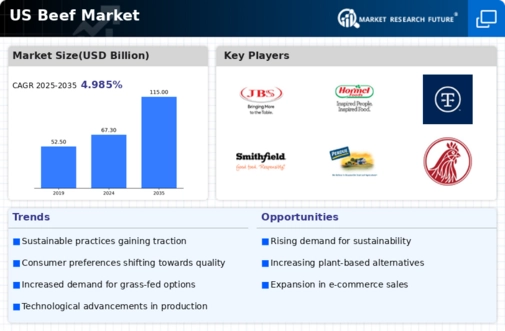
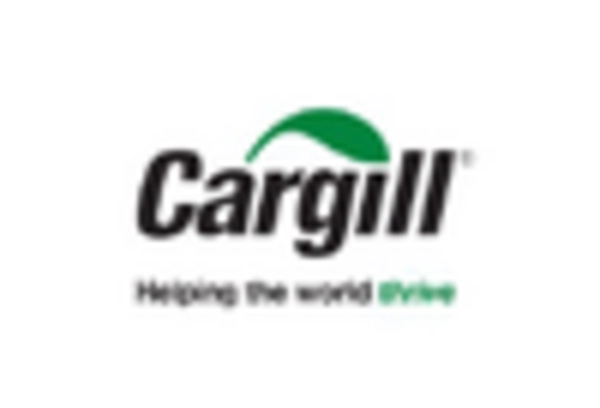
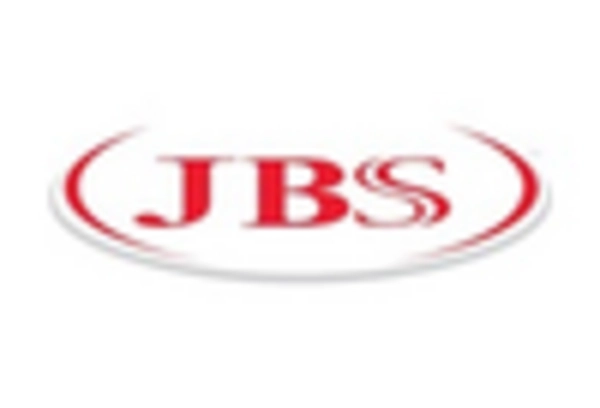
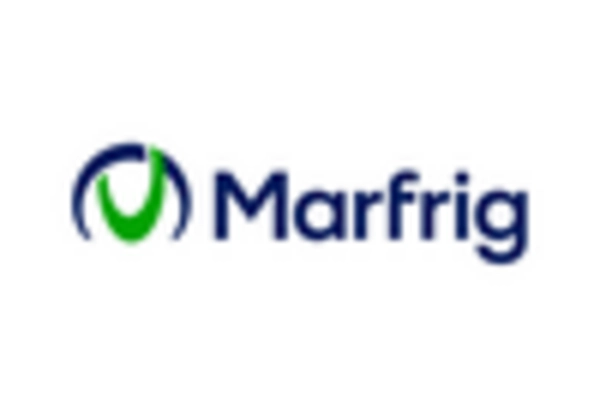
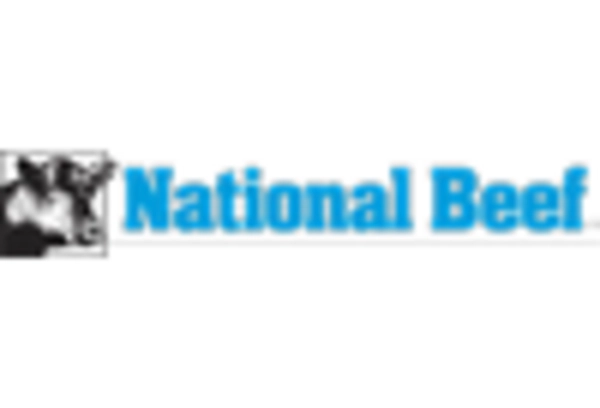
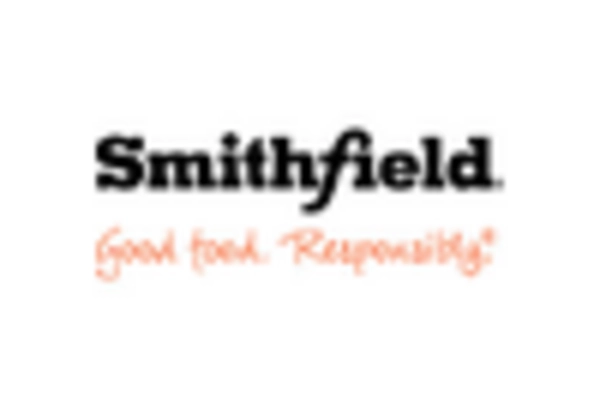









Leave a Comment